Asahikawa Highlights: Must-See Spots, Best Time to Go, How to Get There

Asahikawa is one of the largest cities in Hokkaido. Surrounded by the Daisetsuzan mountains, the area is blessed with powder snow in the winter and stunning scenery year-round. Learn about 12 exciting things to enjoy in this nature-filled city.
Explore Asahikawa in the Heart of Hokkaido
Asahikawa is a large city in Hokkaido, known for its natural and urban appeal. It is popular with travelers for Asahiyama Zoo, Asahikawa ramen, and the local skiing and snowboarding resorts in winter.
Domestic and international airlines at Asahikawa Airport support the city, welcoming upwards of five million visitors annually.
This article introduces 12 must-visit spots in Asahikawa to create great memories for any Hokkaido trip.
12 Fun Things to Do in Asahikawa
1. See Animals Roaming at Asahiyama Zoo
2. Tour Otokoyama Sake Brewery Museum
3. Eat Regional Noodles at Asahikawa Ramen Village
4. Frolick in the Flowers at Ueno Farm
5. Souvenir Shopping at Asahikawa Heiwadori Retail Park
6. Mountain Views and Pleasant Strolls at Asahidake
7. Take Workshops at Arashiyama Pottery Village
8. Learn Ainu Culture at the Fall Kotan Festival
9. Skiing and Snowboard Areas in Asahikawa
10. Delicious Ramen and Amazing Hospitality at Aoba Ramen
11. Hokkaido Ice Pavilion
12. Kawamura Kaneto Aynu Memorial Museum
Asahikawa Winter Festival: Held Annually in February
Hotels in Asahikawa
How to Get to Asahikawa
1. See Animals Roaming at Asahiyama Zoo
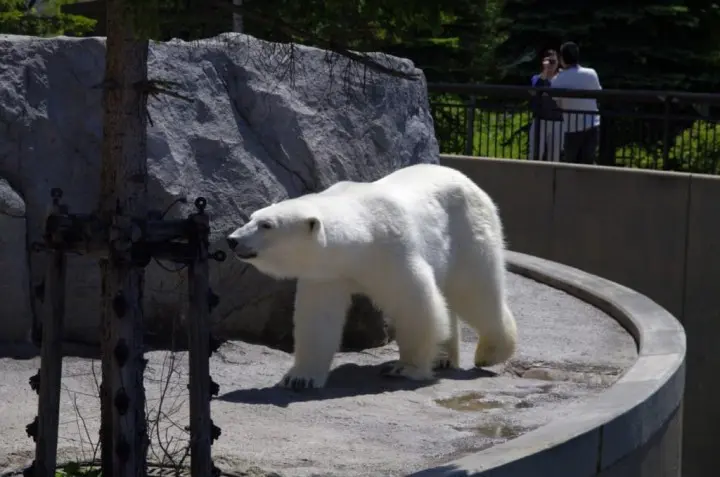
As the northernmost zoo in Japan, Asahiyama Zoo stands out as one of the most famous attractions in Asahikawa and is among the most prominent facilities in the country.
The zoo is designed to allow animals to behave naturally within expansive ecological enclosures, significantly reducing their stress levels. Visitors also have the unique opportunity to observe the animals up close.
Of all the animals, the endearing polar bear steals the show, captivating visitors as it gracefully dives into a spacious pool or when observed through the "seal's eye," providing a perspective similar to that of a seal.
2. Tour Otokoyama Sake Brewery Museum

Visitors can enjoy Otokoyama drawn in the ukiyo-e, and ancient documents about sake brewing on the second floor. Picture courtesy of Otokoyama Co., Ltd.
Taisetsuzan is one of the hundred most celebrated mountains in Japan. The underground water from this mountain is used to brew the renowned beverage Otokoyama, and the challenging, freezing climate of Asahikawa provides the ideal conditions for Japanese sake brewing. Otokoyama boasts a clear, dry taste, and is light on the palate.
At the Otokoyama Sake Brewery Museum, visitors can explore exhibits showcasing the history of Otokoyama and Japanese sake brewing culture. Rare documents from the Edo Period (1603 - 1868) and sake drinking sets are among the showcased items.
On the third floor, various tools for sake brewing, including a large barrel, are on display. Visitors can also watch a multilingual (Japanese, English, Chinese, Korean, and Thai) video introducing the brewing process and the history of Otokoyama.
Furthermore, guests can partake in tastings of Otokoyama on the first floor and explore the museum shop, which offers seasonal sake and a wide array of products available exclusively at the museum.
3. Eat Regional Noodles at Asahikawa Ramen Village
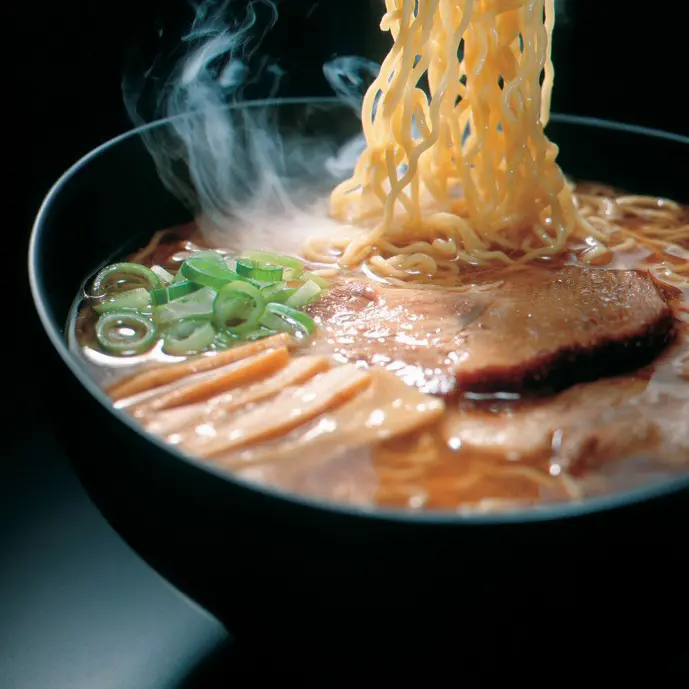
Picture courtesy of Asahikawa Ramen Village
Ramen holds a vital role in Asahikawa's local cuisine. The broth, crafted from pork bones, chicken stock, and fish, forms the flavorful base, complemented by the addition of shoyu (soy sauce), a hallmark of Asahikawa ramen.
To adapt to the cold climate, lard is infused into the soup, creating a protective layer to keep the dish hot and delicious.
At Asahikawa Ramen Village, eight distinct ramen restaurants each present their own style and diverse menus. They all feature a small size ramen, allowing customers to sample dishes from multiple eateries.
Conveniently located near Asahiyama Zoo and Ueno Farm, visitors can seamlessly transition to sightseeing after indulging in ramen, or opt for another stop on their way back.
4. Frolick in the Flowers at Ueno Farm
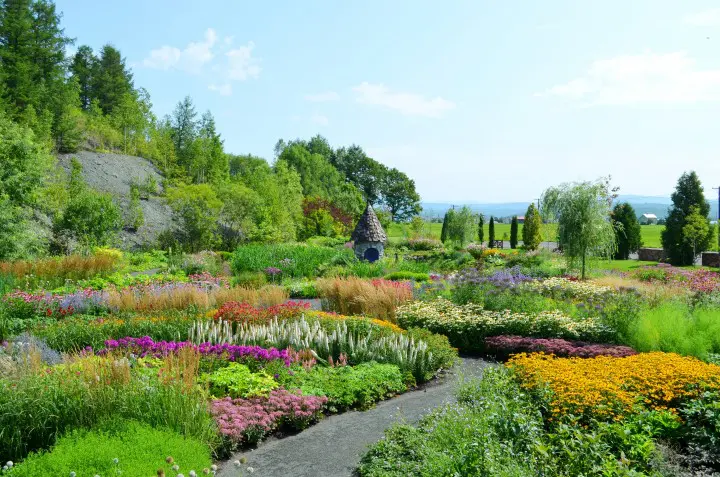
Picture courtesy of Ueno Farm
Ueno Farm is an expansive garden flourishing with a diverse array of flowers. With over 2,000 types of plants blooming throughout the year, the landscape undergoes a monthly transformation, ensuring a delightful visit regardless of the season.
This garden boasts a unique spectacle, characterized by darker flower colors and simultaneous blooms of plants with varying flowering seasons—an outcome made possible by the local climate, earning it the moniker of the "Hokkaido Garden."
Visitors can also relish snacks and confectionaries made from Hokkaido products at NAYA café, which has been artfully renovated from an old barn. Additionally, Weekend Marche, a gathering of local farmers selling their fresh products, takes place every weekend from June to September. It presents an opportunity for visitors to engage in conversations with the producers. It's worth noting that the Marche may be subject to cancellation based on the performance of the crops.
5. Souvenir Shopping at Asahikawa Heiwadori Retail Park

Picture courtesy of Asahikawa Heiwadori Shopping District Promotional Association
Asahikawa Heiwadori Retail Park, established in 1972, boasts the distinction of being home to the first pedestrianized road in Japan. Serving as a long-standing city fixture, it offers a diverse range of restaurants and stores catering to everyday needs. Extending for one kilometer, it begins at JR Asahikawa Station.
For those seeking souvenirs, a visit to the Machinaka Koryukan Shop is a must. This store showcases goods adorned with Asahikawa characters, processed items, and handicrafts, providing an entertaining shopping experience.
In addition, Benkei, renowned for its lamb shabu-shabu, stands out as another popular spot. The dish distinguishes itself from mutton barbecue through its well-seasoned, tender lamb offering.
The park attracts numerous visitors as it hosts a variety of events throughout the year, including the Snow Sculpture Contest in February (held in conjunction with the Asahikawa Winter Festival), the Asahikawa Summer Festival in August, and the Asahikawa Food Market in September.
Hotels near Heiwa Dori Shopping Park
6. Mountain Views and Pleasant Strolls at Asahidake

Asahidake (Mt. Asahi) stands as the highest mountain in Hokkaido, soaring 2,291 meters above sea level. Situated in Higashikawa-cho, adjacent to Asahikawa City, it is among the hundred most celebrated mountains in Japan.
The climbing season typically spans from late June to early October, with the onset usually marked by the third weekend in June. Alpine flowers bloom in late July, adorning the landscape in a vibrant display that often evokes a sense of paradise, earning the mountain the moniker "Garden of the Gods."
Renowned as an early spot for viewing autumn leaves, the foliage spectacle begins from mid to late September, drawing a significant influx of tourists.
Offering an hour-long trekking course, the Asahidake Ski Course welcomes visitors from December to May, boasting the longest ski season in Japan.
With nine lodging facilities in the vicinity, complete with onsen (Japanese hot springs), visitors can cap off their day by indulging in a rejuvenating soak after enjoying the various activities available around Asahidake, making for a truly memorable evening.
** Ideyu-go, a shuttle bus runs between Asahikawa Station/Asahikawa Airport and Asahidake, four time a day. The timetable is available at this page.
Official Site: Asahidake Ropeway
** For information about the ropeway timetable and fare, please check this page.
7. Enjoy Workshops at Arashiyama Pottery Village
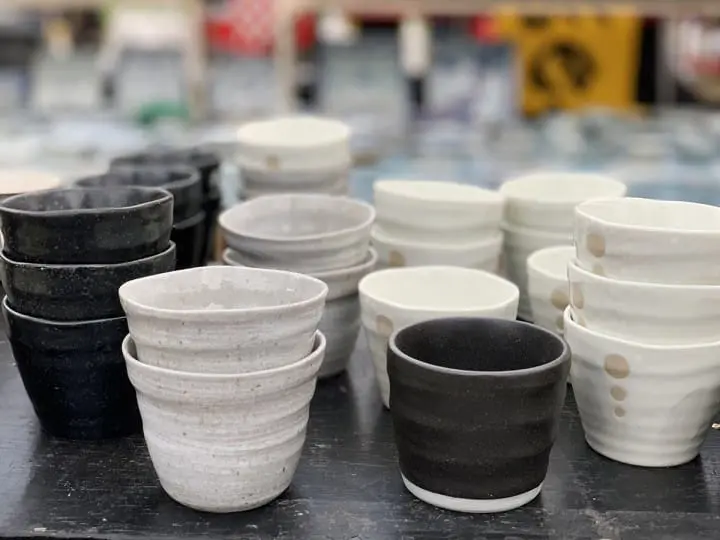
The Arashiyama Pottery Village in Asahikawa is a haven comprising various craft workshops. Here, visitors have the opportunity to delve into diverse disciplines such as pottery, glass blowing, cloth dying, and even matcha making, all under the guidance of passionate, independent artists.
Additionally, there are inviting cafes and galleries to explore, making a visit to this village an ideal way to spend a tranquil afternoon enriched with hands-on experiences and the beauty of Hokkaido crafts. For further details about class reservations, please refer to the official website provided below.
8. Explore Ainu Culture at the Fall Kotan Festival
In September, visitors have the opportunity to take part in the Kotan Matsuri, a vibrant festival in Asahikawa celebrating the culture and history of the Ainu, the indigenous people of Hokkaido.
The festival features a range of events, including traditional dance performances, as well as the sale of regional foods. Visitors can also admire traditional Ainu clothing on display.
9. Skiing and Snowboarding in Asahikawa
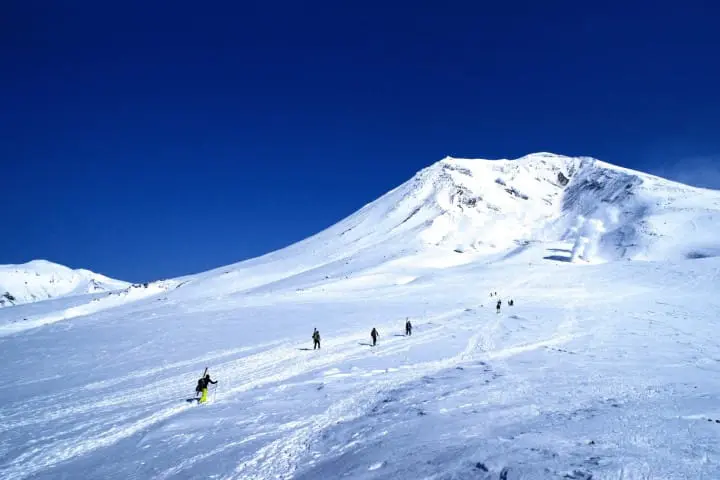
Hokkaido is renowned for offering some of the finest powder snow in Japan, and the winter hills near Asahikawa are no exception. Nearby areas include Kamui Ski Links, Asahidake (mentioned above), and Kurodake, all of which are high-quality locations for skiing and snowboarding. Kamui Ski Links features routes suitable for visitors of all abilities, while Asahidake and Kurodake, situated in Daisetsuzan National Park, are best suited for experienced and advanced riders.
The skiing season in Asahikawa typically commences in late November and continues through early May, providing an extended window for enthusiasts to enjoy the slopes.
10. Delicious Ramen and Amazing Hospitality at Aoba Ramen
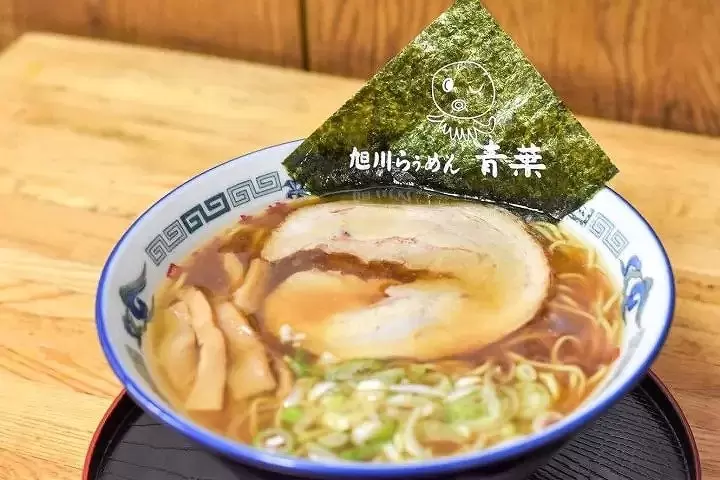
Picture from Ramen, Sake, and Mutton Barbecue! Asahikawa, the City of Excellent Food
If you're in search of delectable fare, a visit to Aoba Ramen should be at the top of your list! This cozy multi-generational family restaurant has been delighting patrons with mouthwatering ramen for 75 years, using its original recipe.
The special broth boasts a rich blend of meat, seafood, and vegetables, while the noodles are expertly prepared to al-dente perfection. Combined with the family's exceptional hospitality and warmth, Aoba has rightfully earned its status as the most sought-after ramen restaurant in Asahikawa!
Conveniently located just a 7-minute walk from the station and known for its welcoming atmosphere, Aoba Ramen is an absolute must-visit when in Asahikawa.
Hokkaido Ice Pavilion
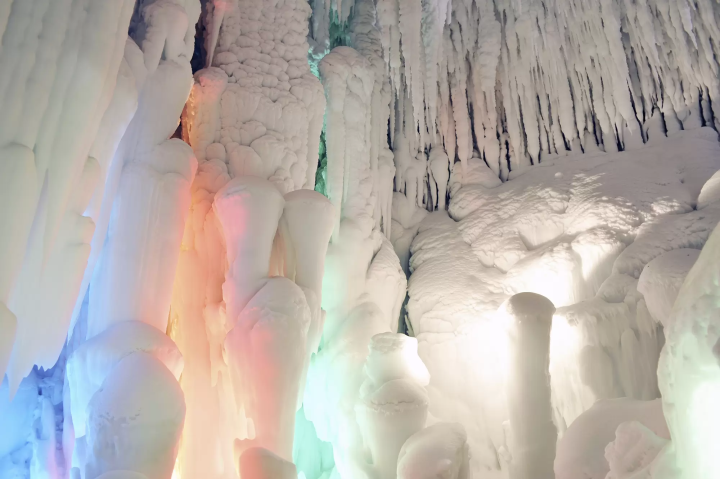
Photo by Pixta
The Ice Pavilion is the world's first and largest-scale facility where you can enjoy a cold experience all year round. In particular, the Ice Hall is maintained at a constant temperature of minus 20 degrees Celsius throughout the year. The icicles we have created over many years, following the laws of nature, boast a scale of 600 square meters of ice walls and 1000 tons of ice. A world of ice spreads as far as the eye can see in 360 degrees.
Additionally, the facility is full of charm as a variety of experiential pavilions, including the Extreme Cold Experience Corner at minus 41 degrees Celsius and Diamond Dust, await your exploration.
Kawamura Kaneto Aynu Memorial Museum
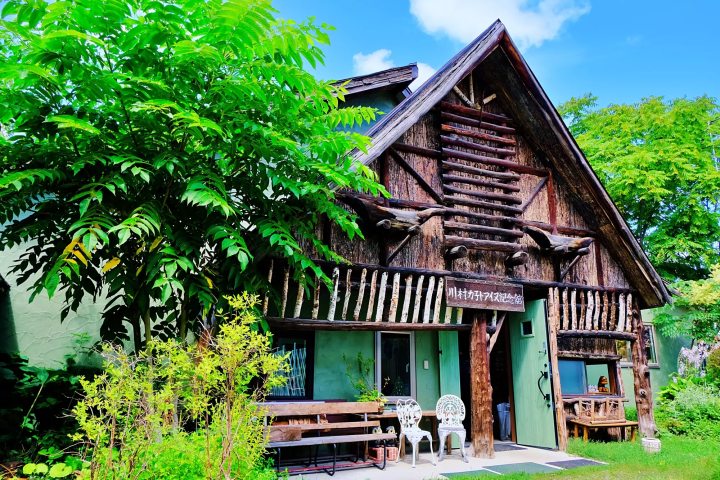
Photo by Pixta
Step inside the museum and embark on a journey through time as you explore immersive exhibits showcasing the traditional lifestyle, customs, and crafts of the Aynu people. From intricately crafted clothing and tools to ceremonial artifacts and traditional dwellings, each display provides insight into the unique cultural identity of the Aynu. Engage in interactive workshops and demonstrations led by knowledgeable staff members, where you can try your hand at traditional Aynu crafts such as weaving, woodcarving, and embroidery. Learn about the significance of these crafts in Aynu culture and the techniques passed down through generations.
Asahikawa Winter Festival: The Major Winter Event

Picture courtesy of Asahikawa City Tourism Division
Asahikawa Winter Festival is held every year in February, with a wide variety of events held over a week.
The main attraction of the festival is the snow sculptures. Visitors can also enjoy the illuminations, projection mappings and fireworks at night. Visitors can warm themselves at Winter MARCHE, where various dishes are gathered from all over North Hokkaido, including the Asahikawa ramen.
The festival theme changes every year, so check the official website in advance. In 2024, the Asahikawa Winter Festival will be held February 7 - 12.
Hotels in Asahikawa: Stay Another Night in Asahidake
Most of the locations mentioned above are relatively close to the urban areas of Asahikawa, so visiting them should be easy. However, there are spots like Asahiyama Zoo and Ueno Farm, which may take some time to enjoy, so visitors should plan their itineraries accordingly.
Asahidake is located at Higashikawa-cho, which borders Asahikawa City, and is away from the urban areas. Those who plan to visit Asahidake should make reservations for a night's stay at the local lodging facilities.
For those looking to stay near Asahidake and Higashikawa-cho, we recommend Higashikawa Asahidake Onsen Hotel Bear Monte, a hotel just 3 minutes away from the Asahidake Ropeway.
A model plan would be to stay one or two nights to visit the urban areas, and another night for Asahidake. Furano and Biei are both located nearby, so visitors planning to use a rental car should extend their schedule.
An excellent hotel in Asahikawa that offers local cultural activities for guests is OMO7 Asahikawa. Check out the article linked below for an in depth look into this Asahikawa hotel.
How to Get to Asahikawa
Asahikawa is celebrated for its excellent accessibility. Serving as a terminal station for four JR lines and situated near four national highways, it offers convenient transportation options. Recently, the Hokkaido Expressway has been inaugurated, providing direct connections to key destinations like New Chitose Airport and Sapporo. As a result, numerous tourists choose Asahikawa as their central base for exploring Hokkaido.
From Asahikawa Airport to JR Asahikawa Station
Board the airport bus, which takes about thirty to forty minutes. The fare is 620 yen. The local buses bound for Asahidake (fifty-minute ride/1,000 yen) or Asahiyama Zoo (35-minute ride/550 yen) will also stop by JR Asahikawa Station.
It is a thirty-minute ride using a rental car, so visitors should choose appropriate means of transportation for their itineraries.
From JR Sapporo Station to JR Asahikawa Station
The JR Limited Express takes about 85 minutes. The fare is 2,490 yen, and an additional charge of 2,320 yen will be required for a reserved seat. A local train will take about three hours, and the fare is 2,490 yen, with no reserved seats.
The express bus takes about two hours, and the fare is 2,060 yen.
It will take about two hours by using a rental car on the expressway from Sapporo Interchange to Asahikawa-Takasu Interchange, and the toll is 3,320 yen. The car ride will take about three hours on the non-toll roads.
Go from New Chitose Airport to JR Asahikawa Station
The Taisetsu Liner Bus, which connects New Chitose Airport and JR Asahikawa Station, runs four times a day.
The bus departs from both the domestic and international terminals, and the ride takes about two hours and 45 minutes. The one-way fare is 3,500 yen, and the round-trip fare is 6,500 yen. For further information, please take a look at this page (Japanese).
Using Public Transportation with a Rental Car
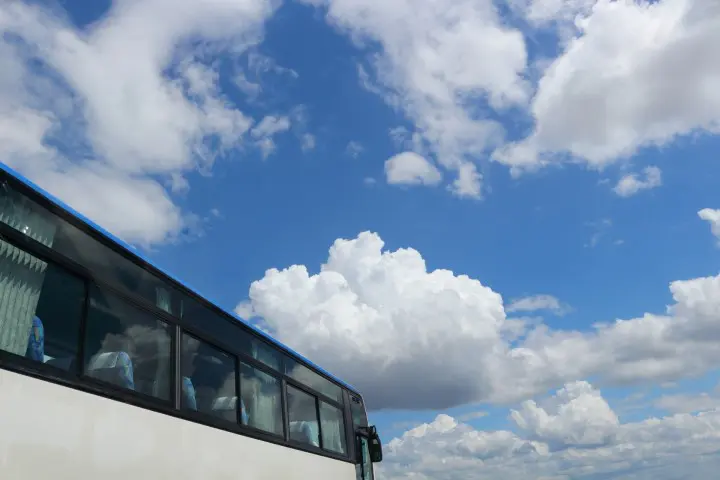
We recommend using public transportation inside Asahikawa City. The spots mentioned above can be reached by using buses and trains from either Asahikawa Airport or JR Asahikawa Station, so there will be no need for a rental car.
However, if you plan to visit Furano and Biei, or travel to Sapporo while making stops along the way, it might be better to use a rental car.
FAQ
Is Asahikawa worth visiting?
Asahikawa, located in the northern part of Japan on the island of Hokkaido, is definitely worth visiting for several reasons. It is known for its beautiful natural surroundings, including the nearby Daisetsuzan National Park, which offers stunning landscapes and outdoor activities such as hiking and skiing. Asahikawa is also famous for its Asahiyama Zoo, renowned for its innovative enclosures that allow visitors to observe animals up close in naturalistic settings. The city itself boasts a unique atmosphere with a vibrant food scene, particularly known for its ramen, and local attractions like the Asahikawa Winter Festival. For those interested in experiencing a different side of Japan away from the bustling urban centers, Asahikawa provides a charming and adventurous destination to explore.
What is Asahikawa known for?
Asahikawa, Hokkaido's city in Japan, is renowned for various attractions and features that make it a standout destination. The city is famed for the Asahiyama Zoo, known for its innovative animal enclosures providing visitors with up-close views of diverse species. Asahikawa serves as a hub for outdoor activities, with the nearby Daisetsuzan National Park offering opportunities for skiing, hiking, and enjoying Hokkaido's scenic landscapes. Food enthusiasts appreciate Asahikawa for its flavorful ramen, especially the distinctive Asahikawa-style ramen served in local eateries. The city also hosts the popular Asahikawa Winter Festival, showcasing impressive ice sculptures and snow statues. Additionally, Asahikawa's reputation for craftsmanship, particularly in woodworking and furniture making, adds to its charm, making it a multifaceted destination that combines natural beauty, culinary delights, cultural experiences, and artisanal craftsmanship for a memorable travel experience in Japan.
What food is Asahikawa known for?
Asahikawa is renowned for its delicious ramen, making it a must-visit destination for ramen enthusiasts. The city is particularly famous for its unique style of ramen known as "Asahikawa Ramen." This variation typically features a soy sauce-based broth that is rich and savory, served with curly noodles and topped with ingredients like char siu (barbecued pork), menma (fermented bamboo shoots), green onions, and often a slice of butter. Asahikawa Ramen is loved for its hearty and flavorful broth, making it a distinctive and sought-after dish that reflects the city's culinary identity. Additionally, Asahikawa offers a variety of local specialties and fresh seafood options due to its proximity to Hokkaido's abundant seafood sources, ensuring a diverse and satisfying dining experience for visitors.
Is Asahikawa worth visiting in summer?
Asahikawa is worth visiting in the summer for travelers seeking a unique and refreshing experience. While the city is known for its popularity during winter for activities like skiing and its iconic Winter Festival, the summer months offer a different charm. In Asahikawa during the summer, visitors can enjoy the pleasant weather, lush greenery, and outdoor adventures in the surrounding natural landscapes of Daisetsuzan National Park and the Tokachidake mountain range. Hiking, exploring the park's trails, and witnessing the vibrant flora and fauna can be rewarding experiences during this season. Additionally, the city's culinary scene, with its famous Asahikawa ramen and fresh seafood options, is a delight to explore. Whether you're a nature enthusiast, a food lover, or simply seeking a quieter and more laid-back travel experience, Asahikawa in the summer offers a unique and immersive opportunity to appreciate Hokkaido's beauty and local culture.
What is Hokkaido famous for?
Hokkaido, Japan's northern island, is renowned for its diverse attractions that draw visitors from around the world. Known for its stunning natural beauty, Hokkaido offers picturesque landscapes like the flower fields of Furano and the volcanic hot springs of Noboribetsu. The island's culinary scene is a highlight, featuring fresh seafood, outstanding dairy products, and famous Hokkaido wagyu beef. Sapporo, the capital city, is celebrated for the Sapporo Snow Festival and its beer culture. Hokkaido is a paradise for onsen enthusiasts, with relaxing hot spring destinations like Noboribetsu and Jozankei. Winter sports lovers flock to Hokkaido for its top-notch ski resorts such as Niseko and Rusutsu, renowned for excellent powder snow conditions. Hokkaido's blend of nature, food, cultural events, and outdoor activities makes it a captivating destination offering something for every traveler to enjoy.
How can I get good Internet in Japan?
To ensure good internet access in Japan, tourists have several options available. Renting a pocket Wi-Fi device is a convenient choice, offering portable and reliable internet connectivity that can be picked up and returned at various locations. Alternatively, purchasing a local SIM card for an unlocked phone enables data access, with cards available at convenience stores, electronics shops, and online vendors. Many accommodations provide complimentary Wi-Fi services, and public Wi-Fi hotspots in cafes, train stations, and tourist spots offer connectivity on the go. Travelers can also consider international roaming if included in their mobile plan, although additional charges may apply. By leveraging these options, visitors can enjoy seamless internet access throughout their stay in Japan, aiding communication and navigation while exploring the country.
Asahikawa - A Convenient Base for Your Hokkaido Explorations
Asahikawa is a modern city filled with natural beauty, and visitors can enjoy the city in both summer and winter. It will serve as an ideal base for those planning to visit the areas between Sapporo and the Furano and Biei areas.
Read also
This is the official account of MATCHA's editorial department. Our articles feature useful travel information for visitors to Japan, from how-to guides to recommended places to visit.



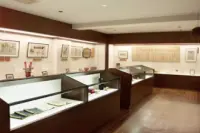
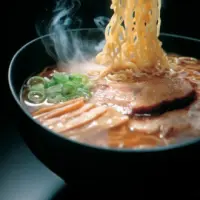

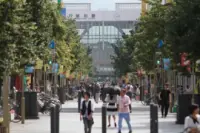
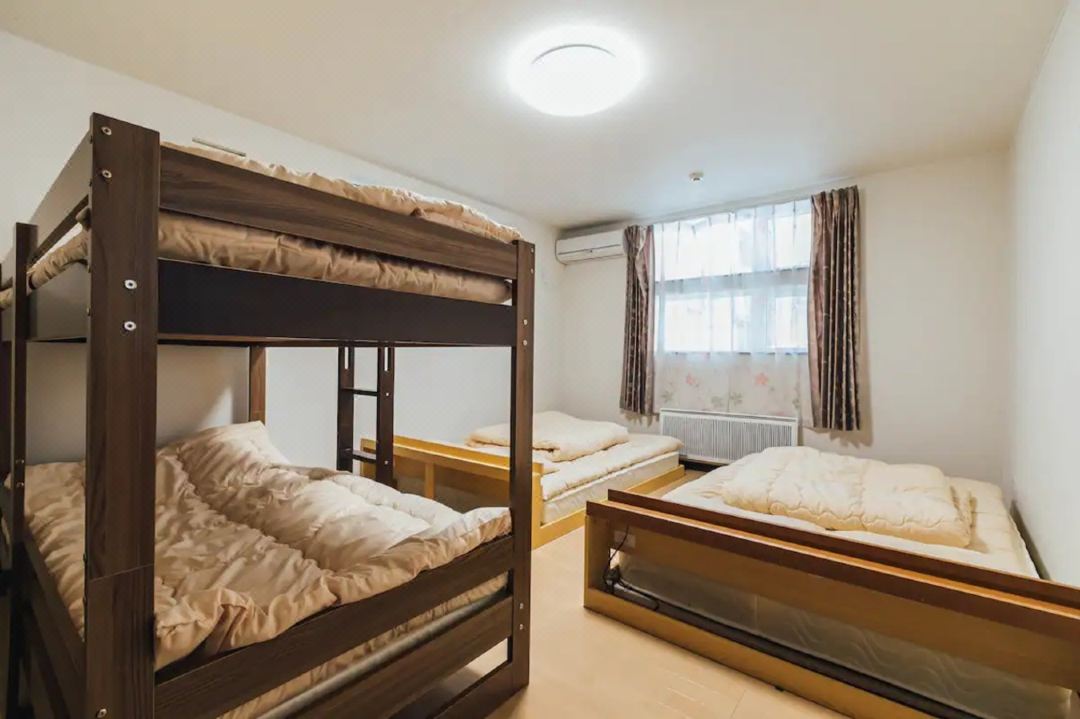

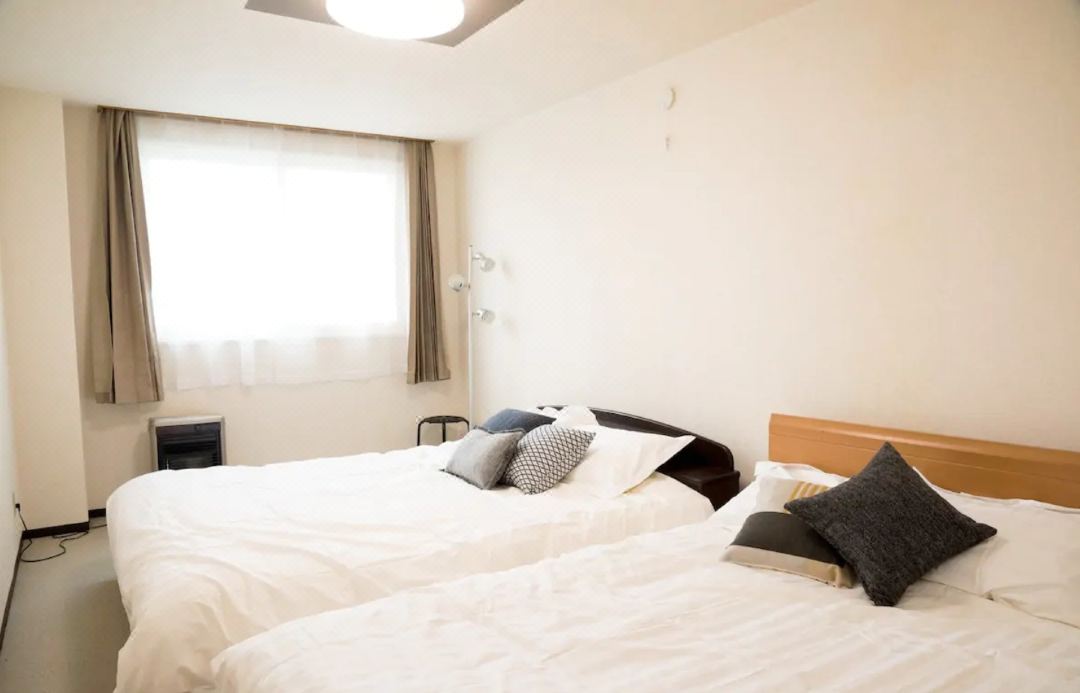
































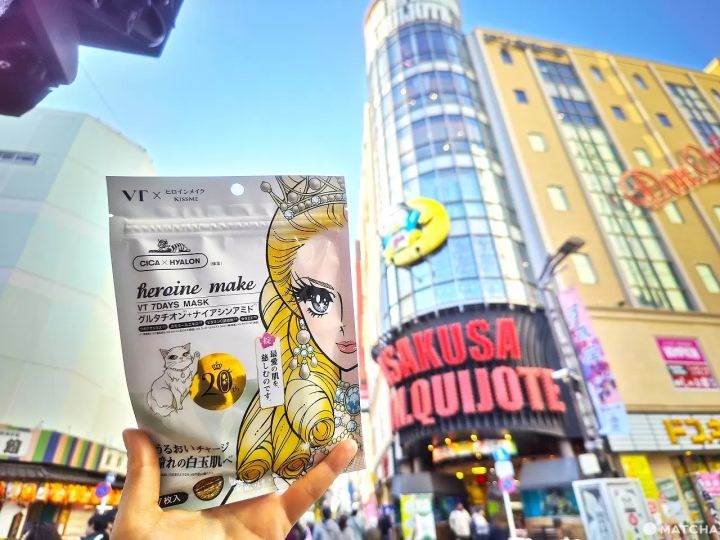

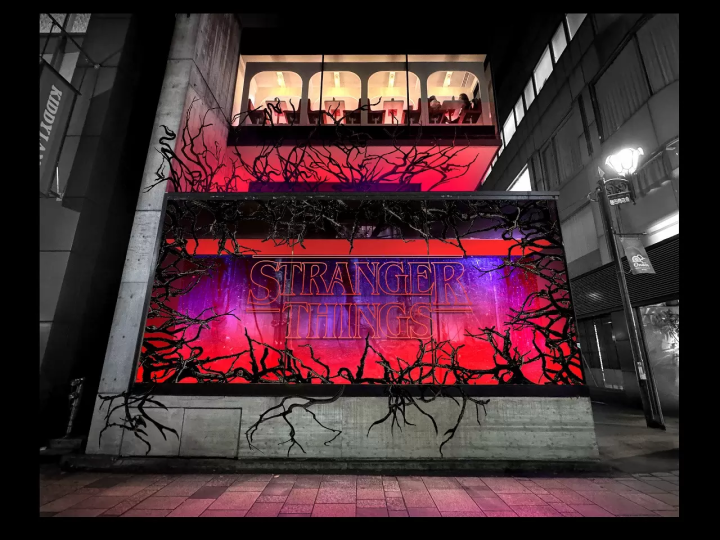
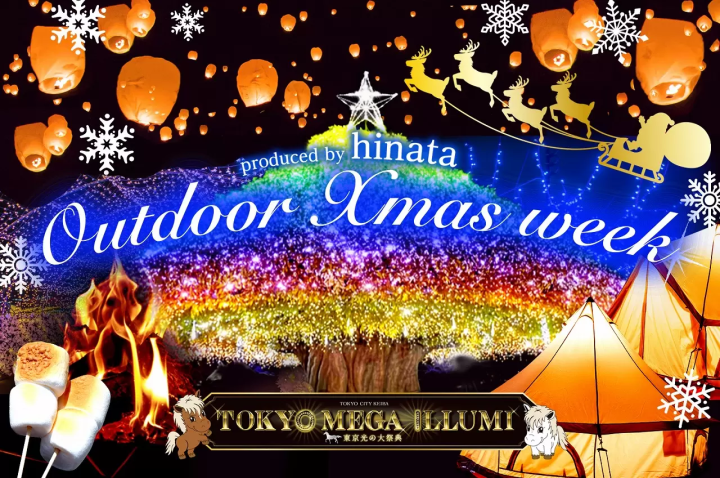
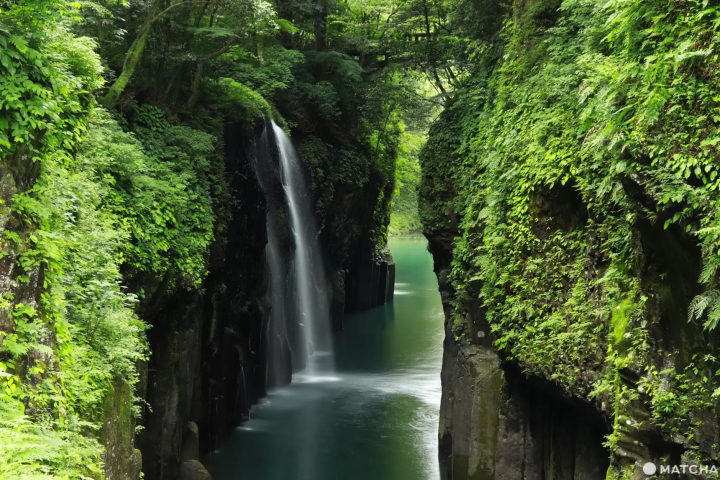




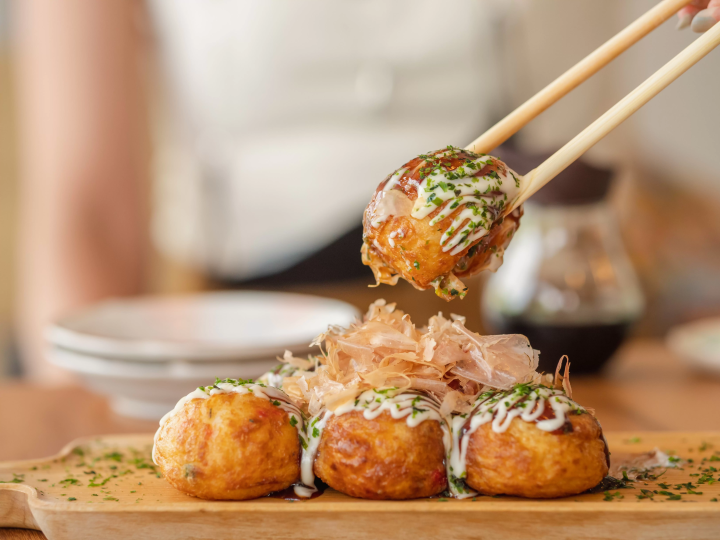
![[2026 Edition] FORMUAL 1 JAPANESE GRAND PRIX Information](https://resources.matcha-jp.com/resize/720x2000/2025/10/05-245984.webp)
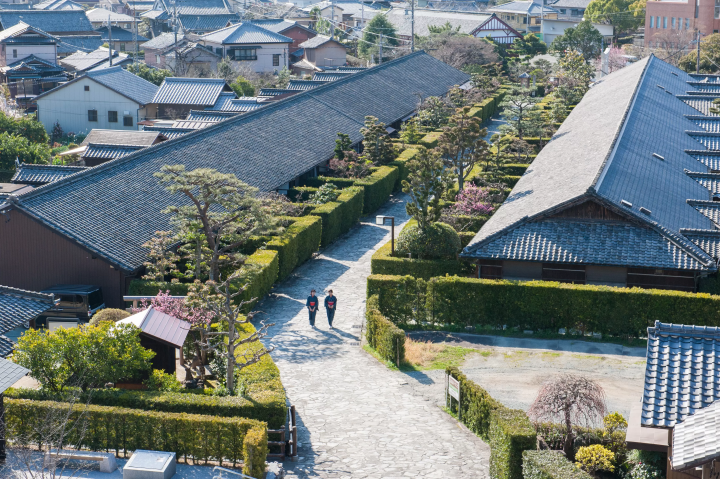
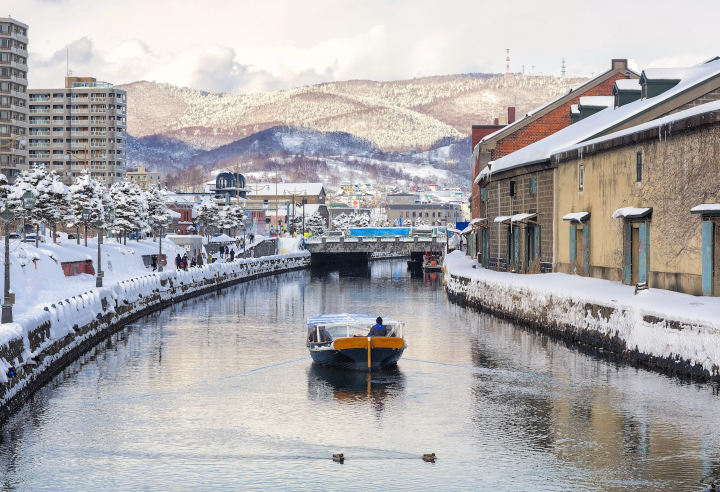
![[2025 Update] Namba's spectacular illuminations! "Namba Hikari Tabi" with approximately 1 million shining lights](https://resources.matcha-jp.com/resize/720x2000/2025/12/12-252825.webp)